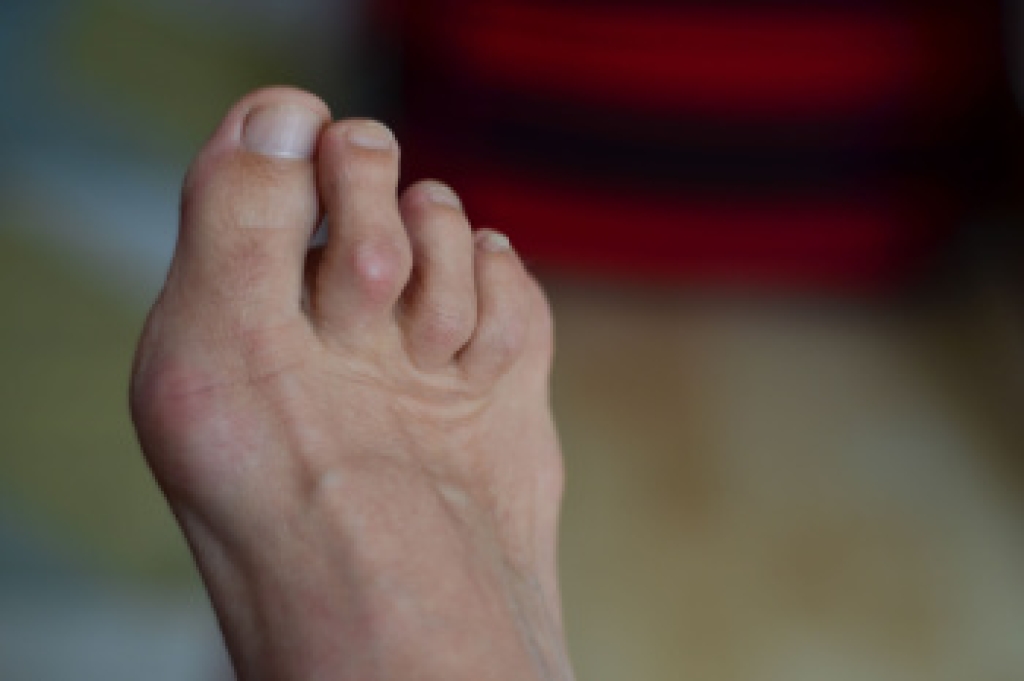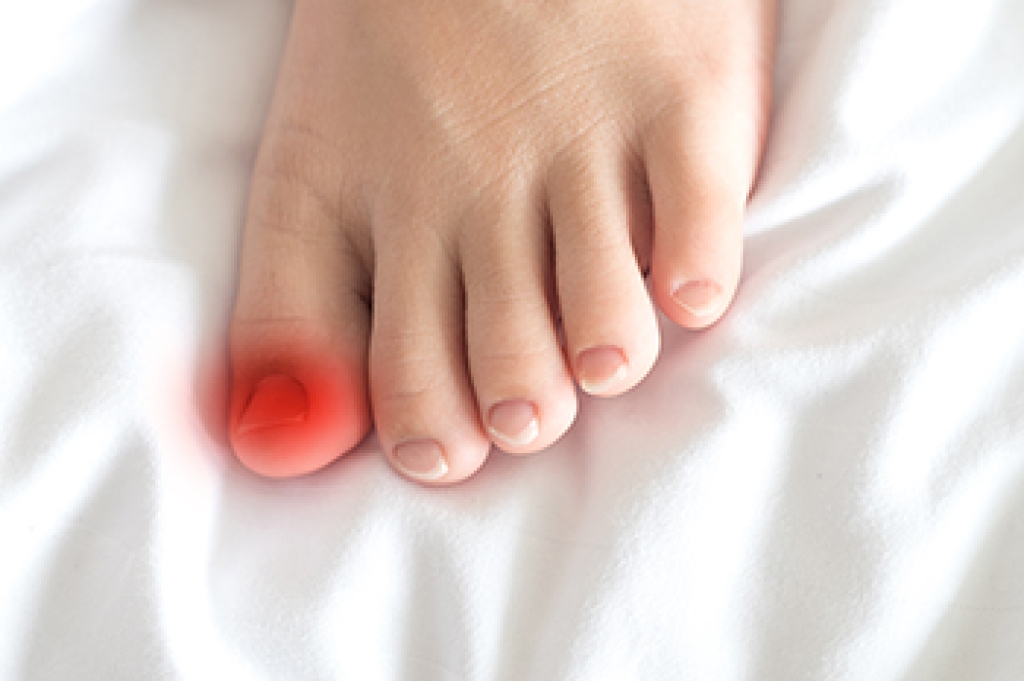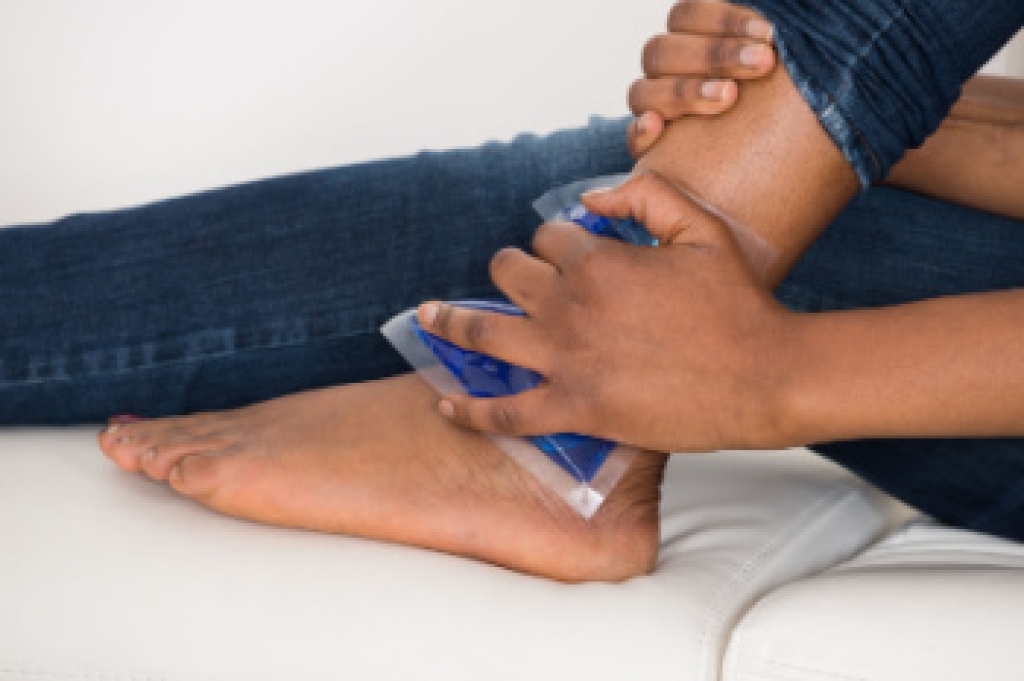
Hammertoes cause one or more toes to bend unnaturally at the middle joint, leading to pain, pressure, and difficulty finding comfortable shoes. Wearing tight or narrow footwear can make the problem worse by rubbing against the raised joints and crowding the toes. The right shoes can help relieve discomfort and slow the progression of the condition. Look for styles with a wide toe box, soft uppers, and plenty of depth to reduce friction and allow room for the toes to lie flat. Avoid high heels or pointed toes, which place extra strain on the front of the foot. In some cases, custom orthotics or padding can add support and prevent rubbing. Wearing comfortable, supportive footwear makes a big difference for those living with hammertoes. If shoes continue to cause pain or your toes become more rigid, it is suggested you see a podiatrist for treatment and further guidance on appropriate footwear.
Hammertoes can be a painful condition to live with. For more information, contact one of our doctors of New England Foot & Ankle . Our doctors will answer any of your foot- and ankle-related questions.
Hammertoe
Hammertoe is a foot deformity that occurs due to an imbalance in the muscles, tendons, or ligaments that normally hold the toe straight. It can be caused by the type of shoes you wear, your foot structure, trauma, and certain disease processes.
Symptoms
- Painful and/or difficult toe movement
- Swelling
- Joint stiffness
- Calluses/Corns
- Physical deformity
Risk Factors
- Age – The risk of hammertoe increases with age
- Sex – Women are more likely to have hammertoe compared to men
- Toe Length – You are more likely to develop hammertoe if your second toe is longer than your big toe
- Certain Diseases – Arthritis and diabetes may make you more likely to develop hammertoe
Treatment
If you have hammertoe, you should change into a more comfortable shoe that provides enough room for your toes. Exercises such as picking up marbles may strengthen and stretch your toe muscles. Nevertheless, it is important to seek assistance from a podiatrist in order to determine the severity of your hammertoe and see which treatment option will work best for you.
If you have any questions, please feel free to contact our offices located in Wakefield, MA, Nashua and Derry, NH . We offer the newest diagnostic and treatment technologies for all your foot care needs.




